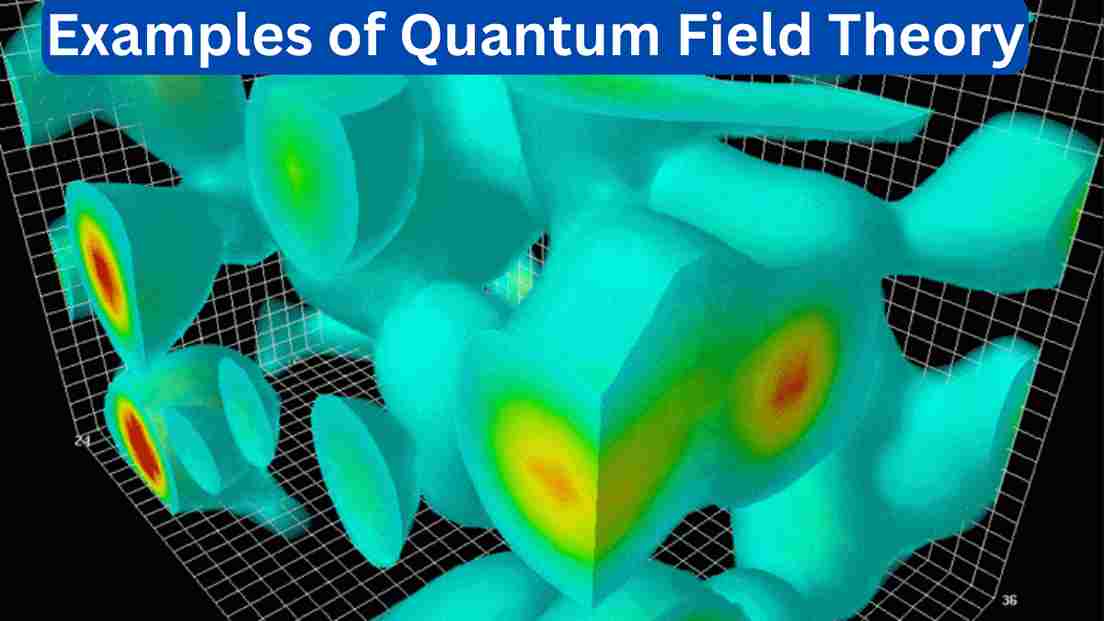10 Examples of Laser Physics
Laser physics is the branch of physics that deals with lasers’ principles, design, and applications (Light Amplification by Stimulated Emission of Radiation). Lasers have many uses, from scientific research to industrial applications and medical treatments. Examples of lasers include the ruby laser and gas laser.
Examples of Laser Physics
Here are ten examples of laser physics.

1. Ruby Laser
The ruby laser was one of the first working lasers, invented by Theodore Maiman in 1960. It uses a synthetic ruby crystal to produce visible red laser light. Ruby lasers paved the way for the development of other laser types.
2. Gas Lasers
Gas lasers use a gas medium, such as helium-neon (HeNe), carbon dioxide (CO2), or argon-ion, to generate laser light. HeNe lasers, in particular, are used in scientific research, optical communications, and barcode scanners.
3. Semiconductor Lasers
Semiconductor lasers, also known as diode lasers, are compact and efficient. They are widely used in optical communication systems, laser pointers, and CD/DVD players.
4. Solid-State Lasers
Solid-state lasers use a solid crystal or glass as the lasing medium. Examples include the Nd: YAG laser, used in materials processing, and the Ti: sapphire laser, known for its tunable output.
5. Excimer Lasers
Excimer lasers generate short-wavelength ultraviolet light and are used in eye surgery (LASIK), semiconductor manufacturing, and microfabrication.
6. Ultrafast Lasers
Ultrafast lasers produce extremely short pulses of laser light, typically in the femtosecond or picosecond range. They are used in scientific research, material processing, and medical applications, such as eye surgery and cancer treatment.
7. Quantum Cascade Lasers
Quantum cascade lasers are semiconductor lasers designed for specific wavelengths in the infrared spectrum. They have applications in gas sensing, spectroscopy, and trace gas analysis.
8. Laser Spectroscopy
Laser spectroscopy techniques use lasers to study the interaction of light with matter. Examples include laser-induced fluorescence (LIF) and Raman spectroscopy, which are used in chemical analysis and environmental monitoring.
9. Laser Cooling and Trapping
Laser cooling and trapping techniques use lasers to slow down and manipulate individual atoms or ions. This is essential for studying quantum physics and developing atomic clocks.
10. Laser Applications in Medicine
Lasers are used in various medical applications, such as laser surgery, dermatology (for skin treatments), and dental procedures (for cavity removal and teeth whitening).
These examples illustrate the diverse range of lasers and their applications in physics, technology, and everyday life. Laser physics continues to advance, leading to new technologies and scientific discoveries.

 written by
written by 





Leave a Reply